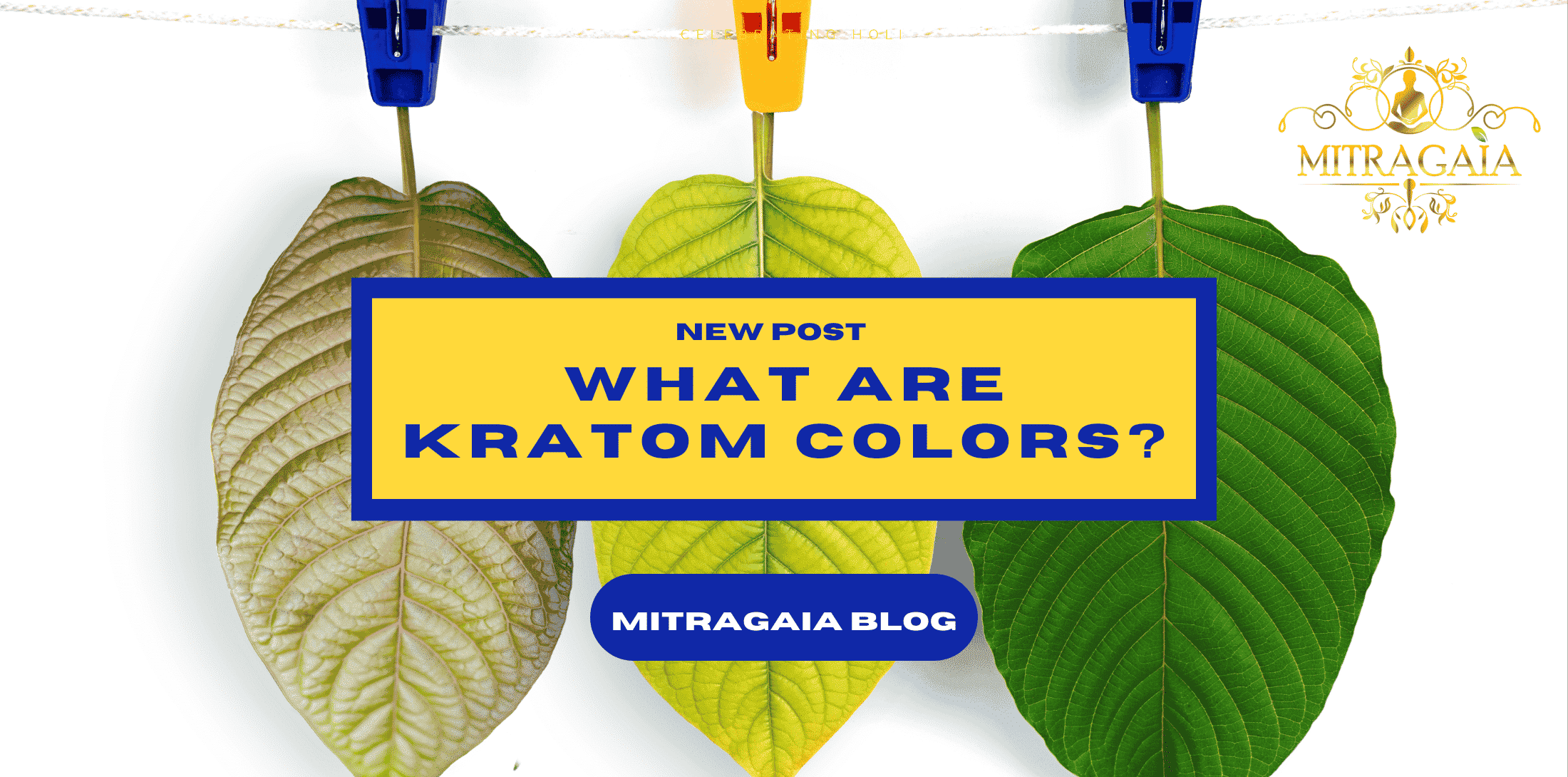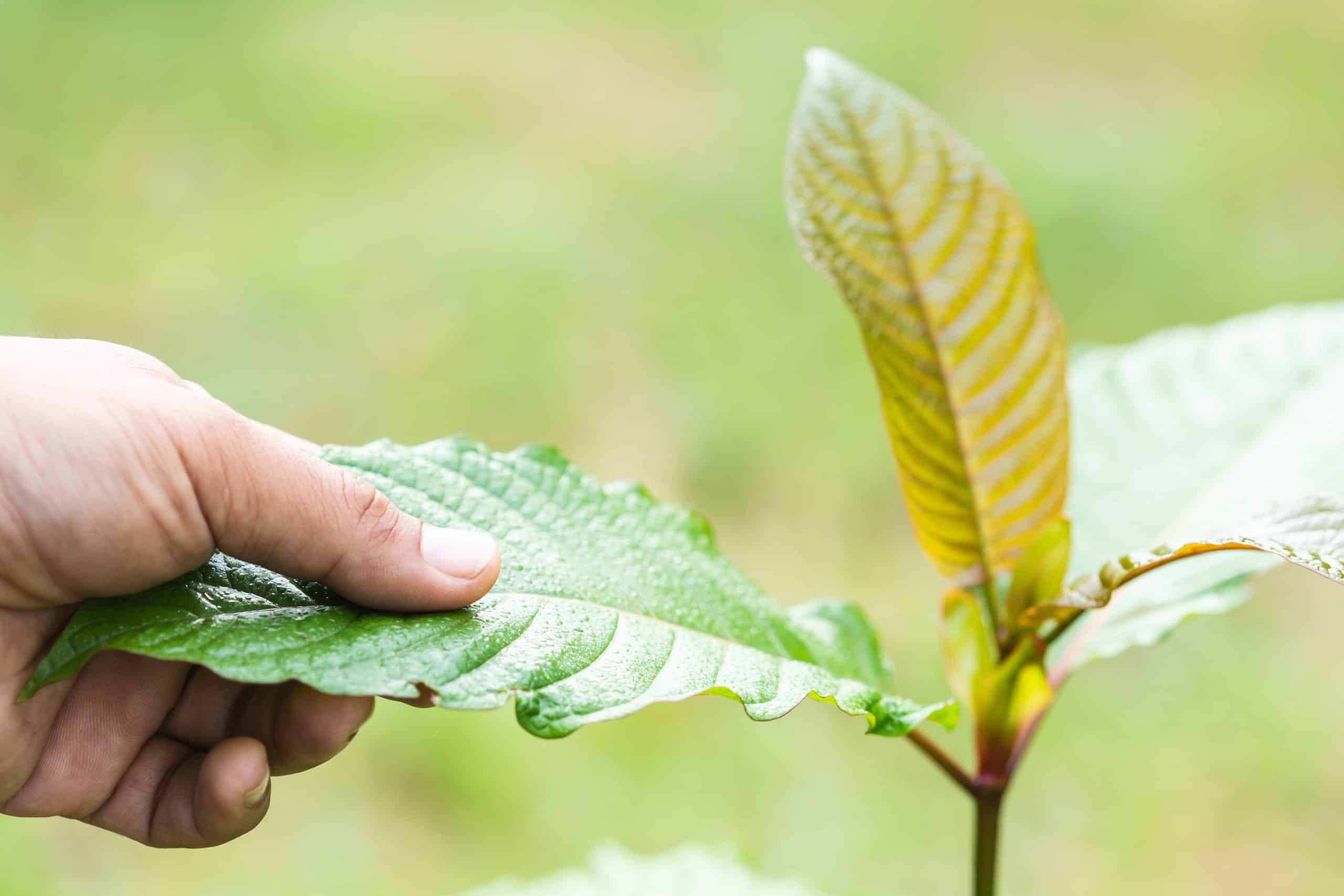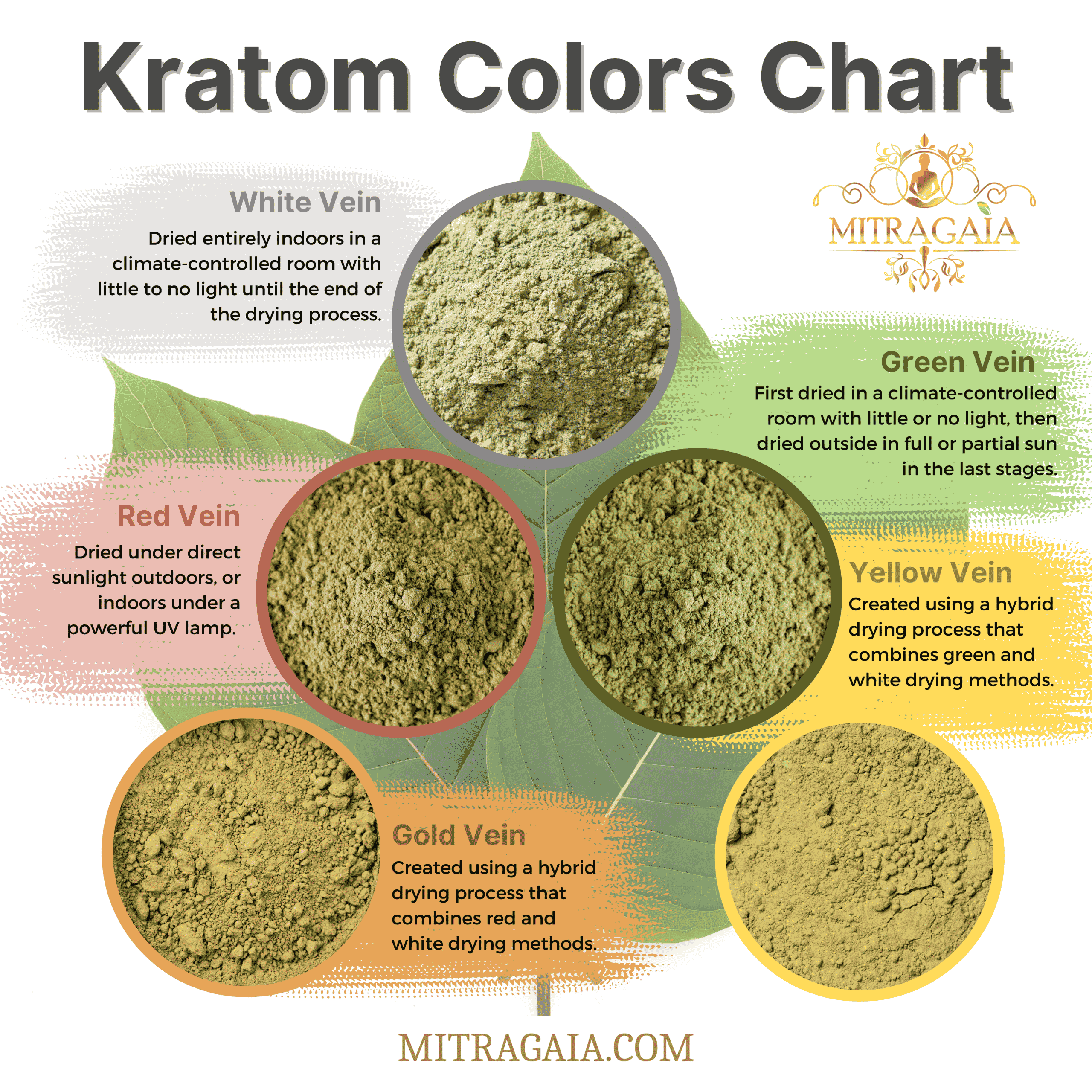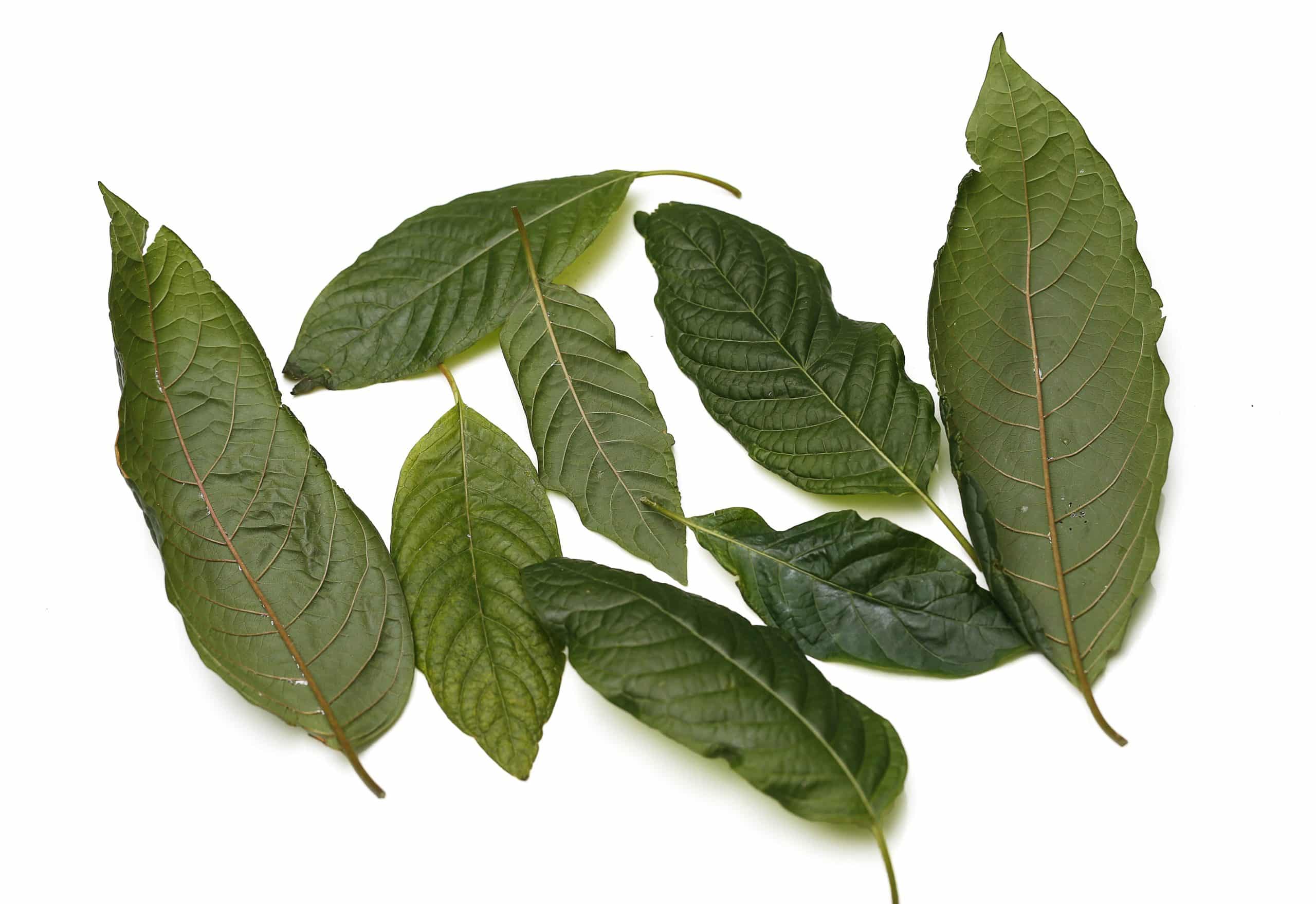 One of the first things that new kratom buyers will notice is that there are many different types of kratom strains and colors. The extensive list of kratom strains and vein colors floating around on the market is often a source of confusion and misinformation, leaving many customers uncertain about what kratom strains and colors even are.
One of the first things that new kratom buyers will notice is that there are many different types of kratom strains and colors. The extensive list of kratom strains and vein colors floating around on the market is often a source of confusion and misinformation, leaving many customers uncertain about what kratom strains and colors even are.
First, it goes without saying that kratom strain names and descriptions are essential to kratom marketing. The existence of different strain names and vein colors precedes the rise of kratom’s popularity in the United States; the origins of kratom strains go back to early kratom vendors in Indonesia, Thailand, and other East Asian countries.
So, what’s the truth about kratom strains, and what are kratom colors really the result of? Given all of the wildly different and often conflicting marketing descriptions for strain names, unraveling the meaning of kratom colors and strains can be tricky. Let’s get into it.
What Are Kratom Strains, and Do They Matter?
Kratom strains often contain two parts to their name: first, the vein color, and second, the strain name. For example, Green Maeng Da, Red Maeng Da, and White Maeng Da are typically considered different strains of kratom.
Often, a kratom strain’s name includes a reference to a location, such as Borneo, Bali, Thai, Ketapang, and Vietnam. Originally, these locations may have indicated the source of the different kratom strains on the market. That being said, the vast majority of kratom for sale in the US comes from Indonesia, so anything you read to the contrary is most likely a marketing spiel.
This becomes especially evident when considering that some kratom strain names are said to come from locations in which kratom is illegal to export. For example, strains like White Thai, Red Thai, and Yellow Thai were often said to come from Indonesia—up until 2021, when Thailand legalized kratom; this was clearly impossible as it was formerly considered a crime to buy, sell, or possess kratom in Thailand.
On an interesting side note, now that kratom is not only legal in Thailand but regulated, there may soon come a day in which a “Thai” kratom strain really does come from Thailand. But until then, you can ignore any special “meaning” behind most kratom strain names.
In truth, there are three main kratom strains: Red, Green, and White. However, there’s more to kratom colors than one might think.
 What Do Kratom Colors Mean, and How Are They Different?
What Do Kratom Colors Mean, and How Are They Different?
Legend has it that the three kratom colors, “red vein,” “white vein,” and “green vein” kratom indicate the appearance and age of the kratom leaf, which comes from the Mitragyna speciosa tree.
In reality, most Mitragyna speciosa leaves start out with light, green or white veins that turn red as they age. However, the different kratom colors do not really stem (pun intended) from the specific vein color of the kratom leaf. Kratom leaves naturally have variations; when harvesting them, farmers try to pick the best kratom leaves available in terms of the shape and health of the leaf. Southeast Asian harvesters do not typically limit or sort their selections by color, shape, or age.
Rather, to create different kratom colors and strains, suppliers use different post-harvest drying methods to bring out different alkaloid profiles. As far as we know, the type of light and the duration under which the leaves are exposed to it is the main reason behind the differences between kratom strains and colors.
Recently, researchers were able to more closely observe the role that light plays in bringing out different Mitragyna speciosa alkaloids—a study conducted in 2022 explored how when grown in different lighting conditions, kratom trees produce leaves with different alkaloid levels and profiles.
Though the researchers only analyzed growing kratom trees under different lighting conditions and not leaf cuttings, the study helps show how the lighting during post-harvest drying processes is primarily responsible for the creation of different strains and colors. In other words, how the leaves are dried affects the color of the kratom product, the alkaloid profile, and the different qualities between strains.
That being said, there are many slight variations between drying methods, even for the same color. Here’s a kratom colors chart to explain some of the processes for making the different kratom strains.
Overall, these are the basic drying processes for each kratom “vein” color (as seen in the kratom colors chart above):
- Red “vein” kratom: Dried either outdoors under direct sunlight or indoors under a powerful UV lamp. Red kratom leaves receive the most direct light out of any strain.
- White “vein” kratom: Dried entirely indoors in a climate-controlled room with little to no light until the end of the drying process. The drying process for white kratom typically takes longer than green or red.
- Green “vein” kratom: First dried in a climate-controlled room with little or no light, then dried outside in full or partial sun in the last stages. Green kratom receives less sunlight than red but more than white.
Although these are the three main kratom colors and their drying processes, kratom buyers will sometimes see different strains, such as Bali Gold or Yellow Maeng Da. Farmers and kratom suppliers have had decades to experiment with different techniques, and these strains were initially developed as a combination of drying processes. Here is how gold kratom and yellow kratom are produced:
- Yellow “vein kratom”: Created using a hybrid drying process that combines green and white drying methods.
- Gold “vein” kratom: Created using a hybrid drying process; combines red and green drying methods.
Overall, the goal behind the different types of kratom drying processes is to create different alkaloid profiles between the strains. Similar to the difference between green tea, black tea, and matcha tea, sunlight plays a role in bringing out different alkaloids and other components in the kratom plant leaf.
So, Why Are There So Many Kratom Strains?
If you count red, green, white, gold, and yellow, that only results in a maximum of five strains. Why, then, do some vendors sell a plethora of kratom strains? Well, as mentioned previously, kratom powders and leaves come from a vast number of different farmers. Even one supplier selling three kratom strains can have a variety of batches with different alkaloid profiles because there is no single “recipe” for kratom strains, and each drying house can put their own spin on what a green strain is to them.
Additionally, kratom vendors often like to mix their own in-house strains by selecting and combining other strains to create a certain profile. This gives the customer a much wider choice of different alkaloid profiles to choose from than they would have by sticking with a single color strain.
For example, a certain ratio of two farmers’ green strains combined with another farmer’s red strain can create a Maeng Da strain with a more potent and well-rounded profile. Other times, it can be hit-or-miss, and the alkaloid profiles of different strains won’t go together as perfectly. Hence, it’s always a good sign when a store that sells kratom has a website for new customers to read reviews.
 Final Thoughts: Have You Found Your Favorite Kratom Color/Strain?
Final Thoughts: Have You Found Your Favorite Kratom Color/Strain?
Although more kratom studies are being conducted every year, the research on kratom and its farming practices is still greatly lacking, and misinformation continues to spread from vendors, consumers, and especially media outlets.
While hopefully, a study may shed light (pun intended) on kratom drying processes and how they affect alkaloid profiles, very little is known about the nuances or how and why different people prefer certain strains. Even after the drying process, other factors may continue to play a role in the profile of the strain, such as improper vs. proper kratom storage methods, freezing kratom, or boiling water to make kratom tea.
If you have a preferred kratom strain, feel free to drop a comment. Or, if you’re looking to try some new kratom colors and strains, feel free to check out our kratom sampler packs!

 What Do Kratom Colors Mean, and How Are They Different?
What Do Kratom Colors Mean, and How Are They Different?
 Final Thoughts: Have You Found Your Favorite Kratom Color/Strain?
Final Thoughts: Have You Found Your Favorite Kratom Color/Strain?
This was very interesting and informative. Thank you. It is something I’ve always wondered about and had explanations for in my own mind which, of course, appear to have nothing to do with reality. I use kratom regularly for pain and can attest to the different effects of the different colors. More articles like this please!
I have found the blends to be better for me than any individual color. But also enjoy red strains.
We enjoy the green ming da during the day as it offers us the focus and pain relief.
Red kalipsu hulu in the afternoon for more powerful pain relief and less energy so we relax nicely.
Thank you Mitragaia for your continued information and for working hard to fight legislation so we can enjoy pain management without the harsh synthetic crap drug companies push.
Excellent write-up.
I love this company, I’ve been buying your product for years. My preference is Green MengDa. I think I’m going to give the yellow strain a try.
Would absolutely love to have the 8-1 blend in capsules again!
TOTALLY AGREE WITH LAURIE!!!! Pleeeeeeease bring back the 8-1 blend in capsules!!!
YES!!!! PLEASE!!!!
I have to say my fav kratom is maeng da have tried others but I always go back. Been using kratom for 8 yrs helps me with my knee pain and I don’t have to use dangerous drugs.
Wow, this is great info. Daily user for 6+ years and have always wondered about this. I’ve found white Borneo and 8in1 is my favorite.
I’m trying the Boost Blend and so far so good. The Green and White Strains pick me up and give the the Much Needed Pain Relief to move thru my day… Capsules would simplify the process for me but I do Encapsulate My Own but, Ready Rolls Would Be Nice Too. Thank You.
Have used Mitragaia’s Kratom for 6 years and have never been disappointed. My favorite strains are White Thai or white MD in the morning, Super Green Malay for an afternoon pick-me-up and Red Bali or Red Sumatra (when available) for relaxing in the evening
I think the 8 in 1 blend is my choice. I use it strictly for pain relief for my old beat-up body. Once I discovered kratom, I was able to stop taking narcotic pain medication easily. Imagine all the people out there taking opiates – legally or otherwise and by using kratom, they can transition off with little or no withdrawal. That’s what amazed me. After eleven years of doctor-supervised pain medication, I finally went in for my new prescription and said, “Thanks – but no thanks.” I go for the blend hoping that I get whatever benefit each provides without having to decide between the different veins. Unless the actual alkaloid contents are determined for each type, I do wonder how much difference there really is. This is why we need to have the proper research done and stop our politicians from demonizing something they know nothing about.
You will still get opiate-type withdrawals from a lapse in Kratom usage as you would with any other opiate. It effects the same receptors in the brain that synthetic opiates do and therefore withdrawal is unavoidable if you stop using Kratom after regular/consistent usage for a significant period of time. Just as the side effects are similar with higher volume use, so is the withdrawal so people need to understand this and keep this in mind. Stick to regular strength products instead of extracts and it should help avoid heavy tolerance build up, and keep in mind that if you’re going to take Kratom regularly be prepared for your body to inevitably depend on it to function properly with long term regular use. As long as you’re okay with that it’s a fantastic natural alternative to synthetic opiates. Natural is always better even if the desired effect is the same.
whatis the best blend for energy
Green MD for me! Covers pain relief, mood enhancement and energy! White is too stimulating for me and Red is too sedating——Greens are perfect for me. Thanks!
Thanks for thr great article!
What is the best Red for a full nights sleep?